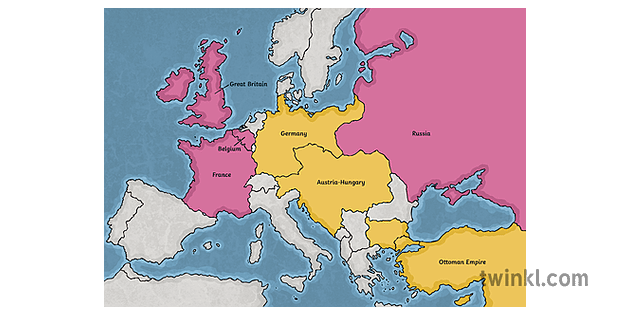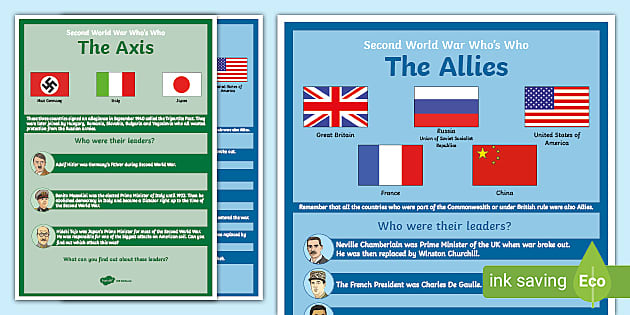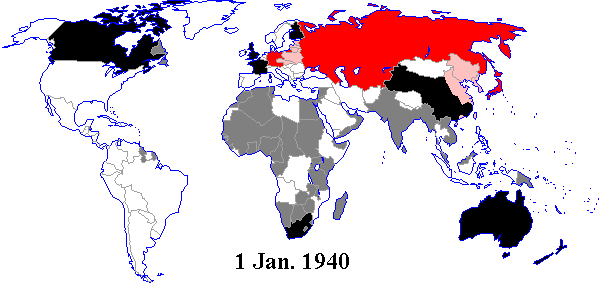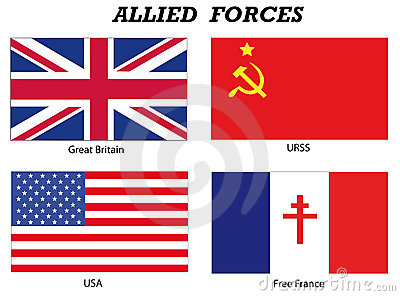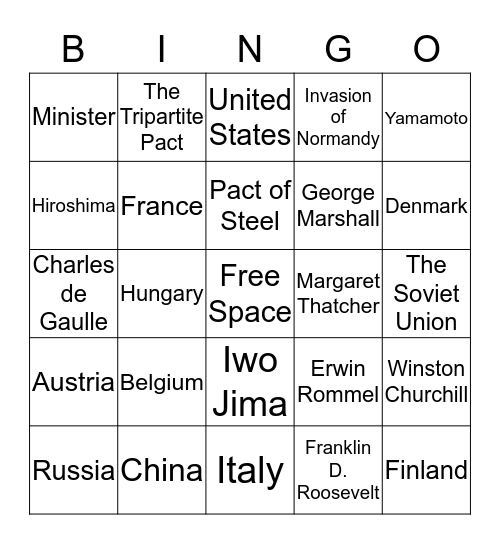The Allied Powers were a coalition of countries that fought against the Axis Powers during World War II. The main Allied Powers were the United States, the United Kingdom, and the Soviet Union. These countries were opposed by the Axis Powers, which were led by Germany, Italy, and Japan.
The United States was a key member of the Allied Powers and played a crucial role in the war effort. President Franklin D. Roosevelt was a strong supporter of the Allied Powers and led the United States into the war after the attack on Pearl Harbor in 1941. The United States provided both military and economic support to the Allied Powers, and its involvement in the war was a major factor in the ultimate defeat of the Axis Powers.
The United Kingdom was another key member of the Allied Powers. Britain had been fighting against Germany since the outbreak of World War II in 1939, and its involvement in the war was crucial to the Allied victory. The British Army, Navy, and Air Force all played significant roles in the war effort, and Britain also provided financial and material support to the Allied Powers.
The Soviet Union was a late addition to the Allied Powers, but its involvement in the war was crucial to the ultimate defeat of the Axis Powers. The Soviet Union was invaded by Germany in 1941, and the Soviet Army fought bravely to push the Germans back. The Soviet Union suffered enormous losses during the war, but its efforts were critical in the Allied victory.
The Axis Powers, on the other hand, were led by Germany, Italy, and Japan. These countries formed an alliance in the late 1930s and embarked on a campaign of military expansion and conquest. Germany, under the leadership of Adolf Hitler and the Nazi Party, invaded and occupied a number of European countries, including Poland, France, and the Netherlands. Italy, led by Benito Mussolini and the Fascist Party, also invaded and occupied a number of countries, including Ethiopia and Albania. Japan, led by Emperor Hirohito, embarked on a campaign of expansion in Asia and the Pacific, invading and occupying a number of countries, including China and Indonesia.
The Allied Powers ultimately emerged victorious in World War II, thanks in large part to the efforts of the United States, the United Kingdom, and the Soviet Union. The Axis Powers were defeated, and the leaders of Germany, Italy, and Japan were brought to justice for their crimes. The Allied victory in World War II had a profound impact on the world, shaping the course of history in the years that followed.

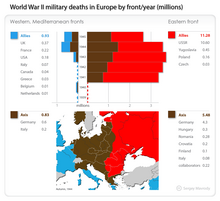
/cdn.vox-cdn.com/uploads/chorus_asset/file/2461078/militarydeaths.0.png)
